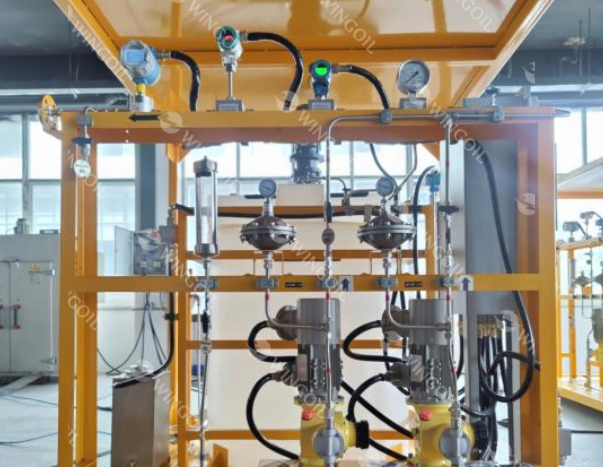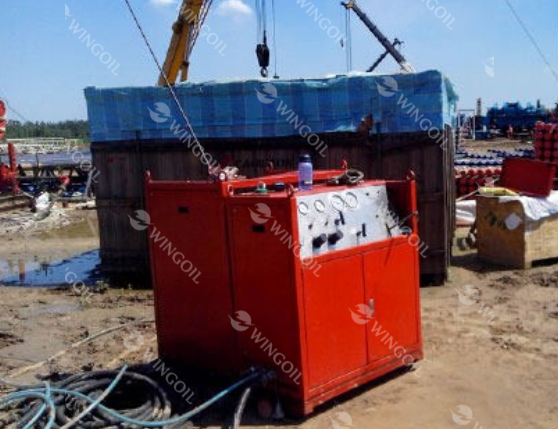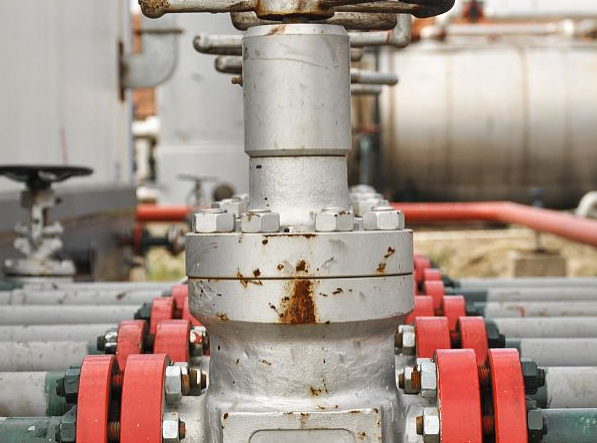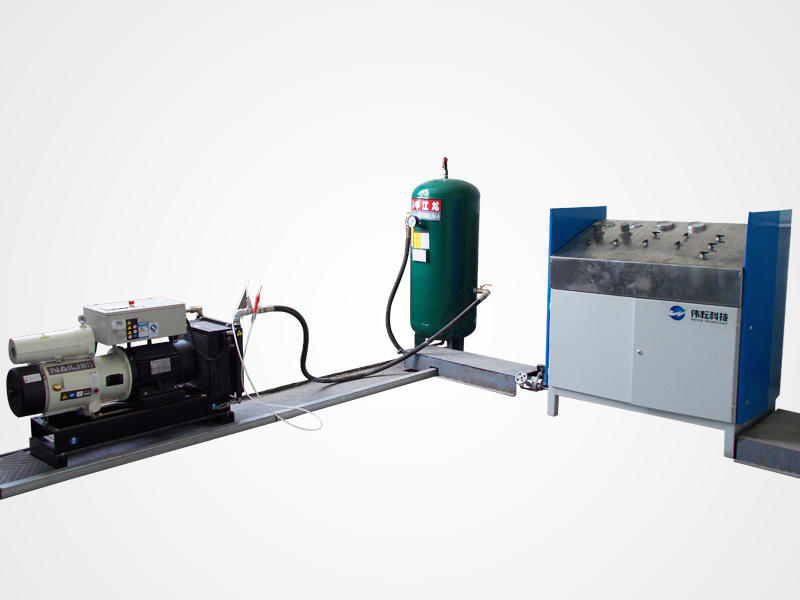Portable Hydrostatic Test Pumps: A Valuable Tool for the Oil and Gas Industry
Hydrostatic testing is a common practice in the oil and gas industry for ensuring the integrity of pressure vessels and pipelines. This type of testing involves filling the vessel or pipeline with a liquid and applying a specified pressure. If the vessel or pipeline is sound, it will not leak. If there is a leak, the liquid will escape and the test will fail.
Portable hydrostatic test pumps are a valuable tool for conducting hydrostatic tests in the oil and gas industry. These pumps are typically small and lightweight, making them easy to transport to remote locations. They are also capable of generating high pressures, which is necessary for testing large and high-pressure vessels and pipelines.
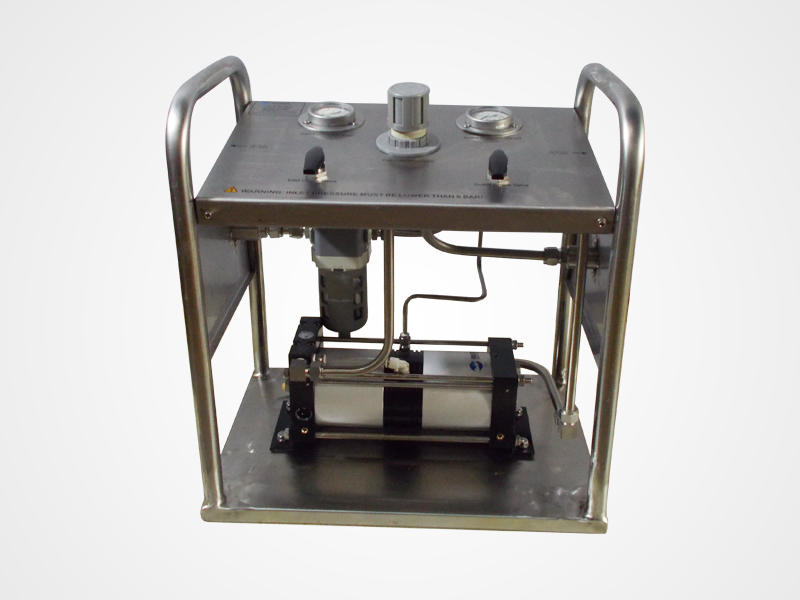
In addition to the pump itself, there are a number of accessories and ancillary equipment that can be used with a portable hydrostatic test pump. These items can help to ensure the safety and accuracy of the testing process.
- Pressure testing hoses are used to connect the pump to the test vessel. They must be able to withstand the high pressures that are used in hydrostatic testing.
- Fittings are used to connect the hoses to the pump and the test vessel. They must be compatible with the type of hoses that are being used.
- Adapters can be used to connect the pump to different types of test vessels. They can also be used to convert the pressure output of the pump to a different unit of measurement.
- Pressure recording devices are used to record the pressure in the test vessel during the test. This information can be used to verify the integrity of the vessel and to troubleshoot any problems that may occur.
- Calibration equipment is used to ensure that the pump is accurate. This equipment can be used to measure the pressure output of the pump and to adjust it as needed.
- Data logging systems can be used to record the pressure and other data from the test. This information can be used to analyze the results of the test and to improve the testing process.

How to Configure a Complete Testing Setup?
The first step in configuring a complete testing setup is to choose the right pump. The pump must be capable of generating the required pressure for the test. The next step is to select the appropriate accessories and ancillary equipment. The type of hoses, fittings, adapters, and other equipment that is needed will depend on the specific test that is being conducted.
Once the pump and accessories have been selected, they can be connected to the test vessel. The connections must be made carefully to ensure that there are no leaks. The pressure recording device and data logging system can then be connected to the pump.
The final step is to conduct the test. The pressure in the test vessel should be increased gradually until the required test pressure is reached. The pressure should then be held constant for the duration of the test.
Safety Considerations
Hydrostatic testing can be a dangerous process if it is not conducted properly. It is important to follow all safety procedures when using a portable hydrostatic test pump. Some of the most important safety considerations include:
- Always wear personal protective equipment (PPE), such as safety glasses, gloves, and a hard hat.
- Make sure that the test vessel is properly supported.
- Do not exceed the maximum pressure rating of the test vessel or the pump.
- Inspect the pump and hoses for leaks before each test.
- Never leave the pump unattended during a test.

Conclusion
Portable hydrostatic test pumps are a valuable tool for ensuring the integrity of pressure vessels and pipelines in the oil and gas industry. By using a portable hydrostatic test pump, users can ensure that their equipment is safe and reliable.



